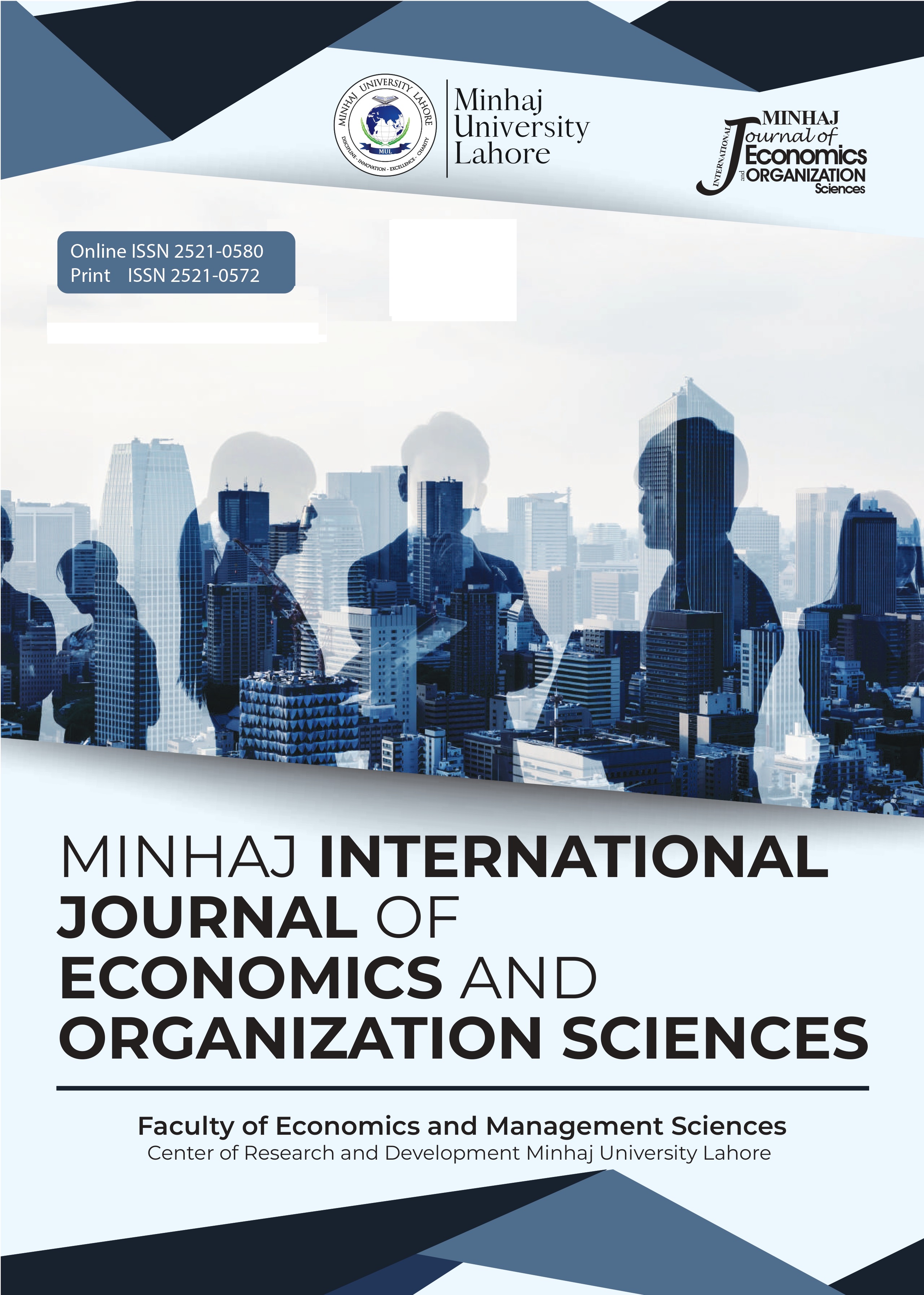Exploring the Relationship Between School Climate and Teacher Job Satisfaction in Lahore’s Public Primary Schools
DOI:
https://doi.org/10.58932/MULE0027Keywords:
chool climate, job satisfaction, primary school teachers, Pakistan, educational leadershipAbstract
This study investigates the relationship between school climate and teacher job satisfaction in primary schools in Lahore, Pakistan—a context where limited research exists. Using a quantitative correlational design, data were collected from 202 teachers (101 male, 101 female) across ten public primary schools through standardized survey instruments. Results revealed a significant positive correlation between school climate and job satisfaction (r = .241, p = .015), consistent across gender and experience. Teachers reported higher satisfaction with pay, supervision, promotion opportunities, and responsibility, but only moderate satisfaction with recognition, working conditions, and collegial relationships. The findings underscore the importance of fostering a positive school climate to enhance teacher satisfaction and effectiveness. Policy recommendations include transparent promotion systems, structured professional development, supervisory support, and initiatives to strengthen collegial collaboration, thereby contributing to sustained improvement in primary education quality in Pakistan.
References
Ali, T., Zubair, S., & Iqbal, M. (2019). Teacher job satisfaction in Pakistan: A neglected area of educational research. Bulletin of Education and Research, 41(3), 115–128.
Aydin, A., Sarier, Y., & Uysal, S. (2013). The effect of school climate on the job satisfaction of teachers. International Journal of Social Sciences and Education, 3(4), 1003–1012.
Ahmad, S., Bhatti, M. A. A., & Imam, M. A. (2023). Balancing Control and Collaboration: Project Manager Accountability in Multi-Layered Governance Systems. Journal of Professional Research in Social Sciences, 10(2), 134-155.
Cohen, J., McCabe, E. M., Michelli, N. M., & Pickeral, T. (2009). School climate: Research, policy, practice, and teacher education. Teachers College Record, 111(1), 180–213.
Ingersoll, R. M. (2001). Teacher turnover and teacher shortages: An organizational analysis. American Educational Research Journal, 38(3), 499–534.
Imam, M. A., Ahmad, S., Bhatti, M. A. A., & Afzal, M. (2023). Contextualizing Research Approaches: The Role of Western and Islamic Philosophies in Shaping Methodology and Knowledge Creation. Al-Irfan, 8(16), 69-90.
Johnson, S. M., Kraft, M. A., & Papay, J. P. (2012). How context matters in high-need schools: The effects of teachers’ working conditions on their professional satisfaction and their students’ achievement. Teachers College Record, 114(10), 1–39.
Rapti, D. (2013). School climate as an important component in school effectiveness. Academicus International Scientific Journal, 8(1), 110–125.
Rivkin, S. G., Hanushek, E. A., & Kain, J. F. (2005). Teachers, schools, and academic achievement. Econometrica, 73(2), 417–458.
Shah, S. R. (2012). Impact of school environment on teacher job satisfaction: Evidence from Pakistan. Pakistan Journal of Education, 29(2), 1–16.
Skaalvik, E. M., & Skaalvik, S. (2017). Motivated for teaching? Associations with school goal structure, teacher self-efficacy, job satisfaction, and emotional exhaustion. Teaching and Teacher Education, 67, 152–160.
Thapa, A., Cohen, J., Guffey, S., & Higgins-D’Alessandro, A. (2013). A review of school climate research. Review of Educational Research, 83(3), 357–385.
Villiers, E. (2006). The school climate and teacher job satisfaction. South African Journal of Education, 26(1), 23–38.
Adejumobi, F., & Ojikutu, R. (2013). School climate and teacher job satisfaction. International Journal of Education, 5(3), 45–56.
Anderson, C. S. (1982). The search for school climate: A review of the research. Review of Educational Research, 52(3), 368–420.
Brown, K. M., Anfara, V. A., & Roney, K. (2004). Student achievement in high performing, suburban middle schools. NASSP Bulletin, 88(641), 19–41.
Fraser, B. J. (1994). Research on classroom and school climate. In D. Gabel (Ed.), Handbook of research on science teaching and learning (pp. 493–541). Macmillan.
Hoy, W. K., & Miskel, C. G. (1982). Educational administration: Theory, research, and practice. Random House.
Locke, E. A. (1976). The nature and causes of job satisfaction. In M. D. Dunnette (Ed.), Handbook of industrial and organizational psychology (pp. 1297–1349). Rand McNally.
Rivkin, S. G., Hanushek, E. A., & Kain, J. F. (2005). Teachers, schools, and academic achievement. Econometrica, 73(2), 417–458.
Treputtharat, S., & Tayiam, S. (2014). School climate affecting job satisfaction of teachers in primary schools, Khon Kaen, Thailand. Procedia - Social and Behavioral Sciences, 116, 996–1000.
Villiers, E. (2006). The school climate and teacher job satisfaction. South African Journal of Education, 26(1), 23–38.
Wang, M. T., & Dishion, T. J. (2011). The trajectories of school climate and its relationship to academic achievement. Child Development, 82(4), 1158–1174.











